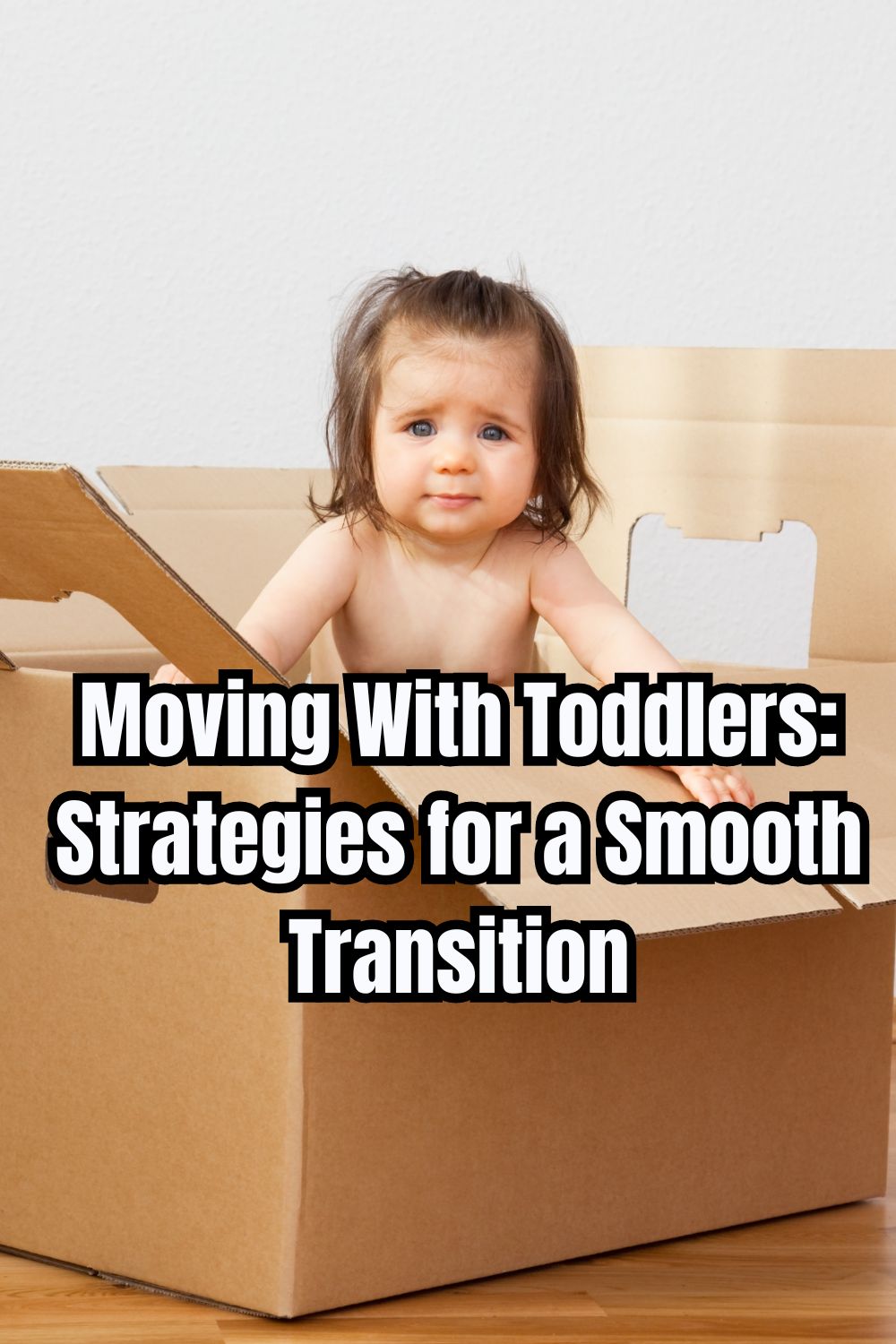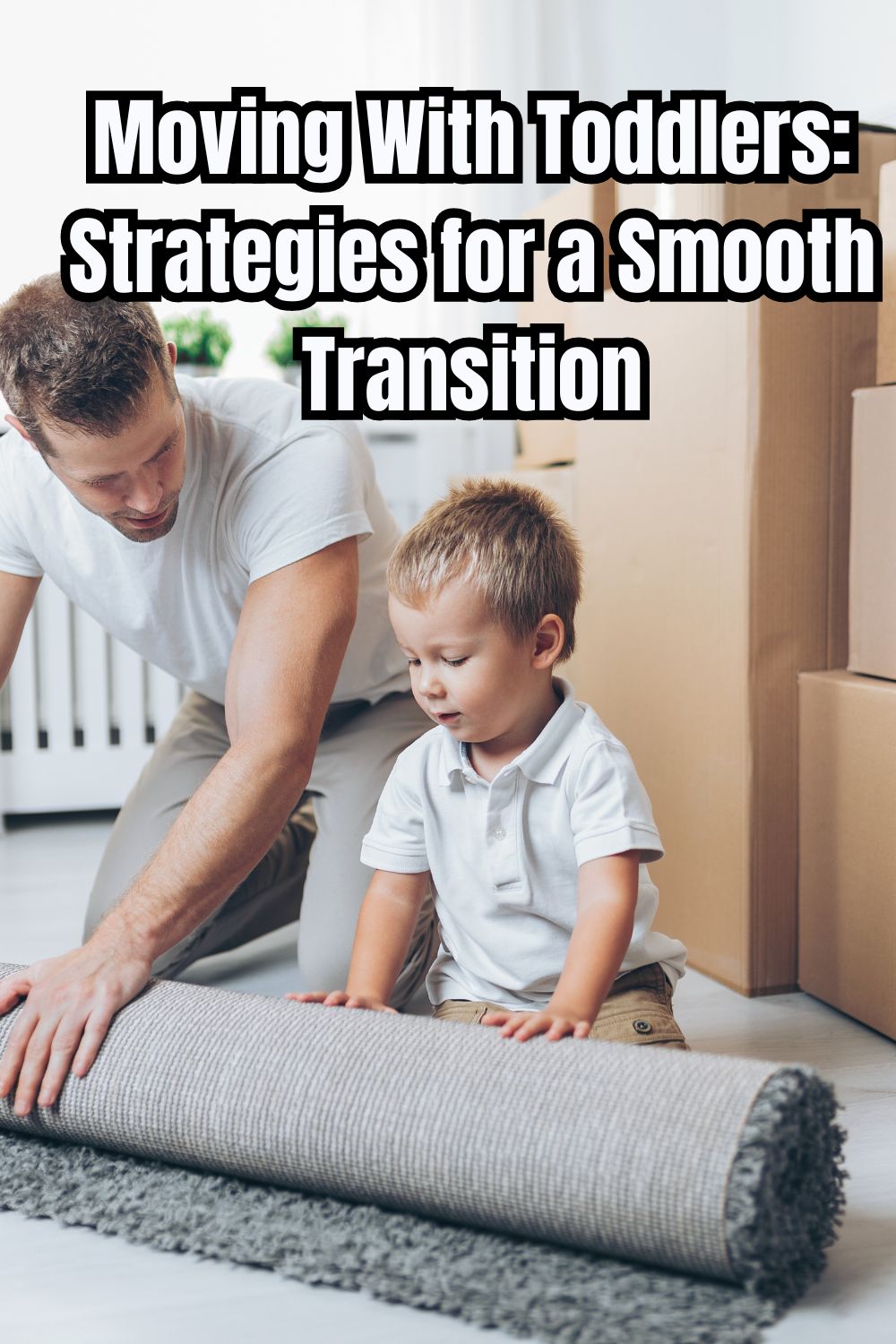Will you be moving with a toddlers? Here are strategies for a smooth transition
Moving With Toddlers: Strategies for a Smooth Transition
Relocating can be both an exhilarating and daunting adventure, particularly when toddlers are part of the equation. For little ones, moving may seem too overwhelming as it brings unfamiliar surroundings that disrupt their daily routines.
Toddlers tend to react sensitively to changes in their environment, causing them anxiety or stress during this transition period. Nonetheless, with careful planning and groundwork laid out beforehand, parents can make things easier for everyone involved by prioritizing the toddler’s well-being throughout every step of the process.
Read on to learn some effective strategies to alleviate any potential distress from your young one(s) when moving.
Handling Legal Documentation During the Move
Parents moving to a new country, especially abroad, may face various legal and administrative obstacles. Among these challenges is the requirement to translate significant documentation like birth certificates into the language spoken in that territory. Enrolling young ones in daycares or schools and registering them for medical services overseas is crucial. To comply with local laws adequately, ensuring precise and professional birth certificate translation, for instance, is critical.
It is essential to translate vital documents beyond birth certificates when moving with toddlers. Medical records, school records, and vaccination certificates might need translation to comply with local laws and ensure access to education and healthcare services. For instance, vaccination records must be translated according to immunization regulations while medical reports can facilitate proper care by pediatricians.
Getting Toddlers Ready for Relocation
Establishing a consistent routine is vital for toddlers and relocating can create instability. To mitigate the disruption, it’s crucial to prepare your child ahead of time. A successful approach involves discussing the move in clear language that they comprehend while employing positive wording about their future residence as a source of excitement rather than fear or worry. This tactic promotes eagerness within them to facilitate an easy shift between environments.
To familiarize your toddler with the idea of relocation, it can be beneficial to expose them to age-appropriate literature or videos. By portraying moving as an exciting journey, parents can transform this event into something that fuels excitement instead of fear for their child. Furthermore, maintaining specific elements in the child’s schedule such as meal times and bedtime practices may provide a sense of familiarity and ease during this transition period.
An additional effective tactic is to engage the young child in activities that are suitable for their age and connected to relocating. This may include allowing them the opportunity to pack some of their beloved toys or pick out decorations for their upcoming living space, which can enhance feelings of being part of the moving experience. The greater involvement they have, the lower the likelihood there will be any anxiety or feeling left out during this period of transition.
Adjusting to the New Surroundings
More than 5.1 million Americans reside abroad, and the odds are, there are quite a few families with children that decade to continue their lives overseas. After finishing the move, your main concern is to assist your toddler in adapting to their new surroundings. The initial days at a different residence can leave them feeling confused and lost; hence, quickly establishing a reassuring atmosphere for them becomes crucial. You can achieve this by unpacking and arranging essential items such as toys, books, and blankets that make up their room, thereby creating comfort within an unknown surroundings.
Ensuring that toddlers adhere to their customary routines is vital for facilitating an easy transition into new surroundings. During the initial weeks following relocation, parents must brace themselves for potential emotional swings. Toddlers frequently experience discomfort and display disruptive behavior as they acclimate to their new surroundings. Practicing patience and empathy is crucial during this period. Offering additional attention, solace, and encouragement may aid in establishing a sense of security for your toddler’s peace of mind.
Accompanying your toddler to explore the new locality can be of great help in their adjustment process. A stroll through nearby parks, playgrounds, and kid-friendly spots can establish a favorable bond with the new abode and open doors for novel encounters. Eventually, what was strange will transform into familiarity, leading your child towards ease in their new surroundings.
Final Words
Although it can be challenging, moving with a toddler doesn’t need to cause undue stress. By taking the right steps ahead of time—from making sure all legal requirements are aligned to preparing your child for the transition—parents can help ease any anxieties and disruptions that come with relocating.
Keeping routines consistent and creating a sense of familiarity is vital in helping toddlers feel more comfortable in their new environment. While there may still be some bumps along the way, by approaching things patiently, thoughtfully, and empathetically, it’s possible that both parents and toddlers will experience this move positively together.


Leave A Reply!